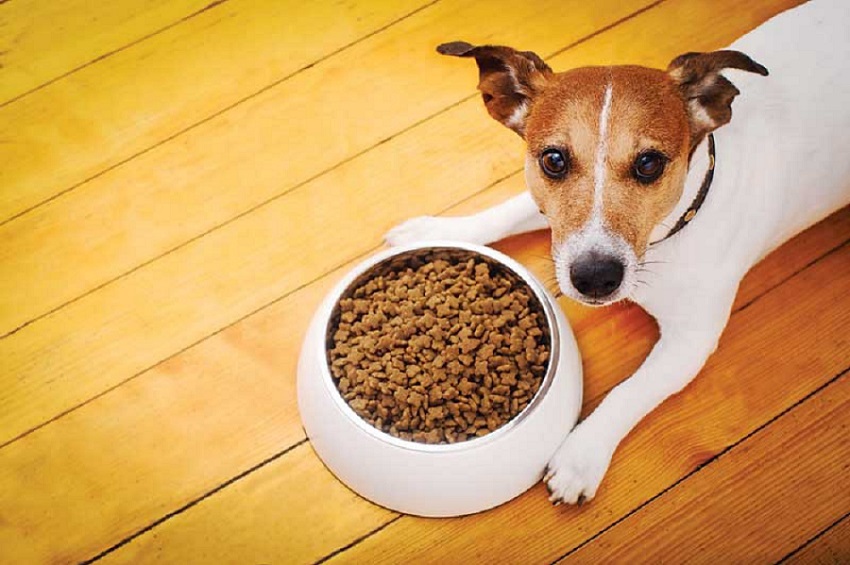Dog Nutrition 101: Choosing the Best Food for Your Furry Friend


Understanding the fundamentals of dog nutrition is crucial for ensuring the health and happiness of your furry friend. Dogs, like humans, require a balanced diet to maintain their overall well-being. In this blog, we will explore the key aspects of Choosing the Best Food for Your Furry Friend and provide tips on choosing the best food for your pet.
The Basics of Dog Nutrition
-
Understanding Nutrient Requirements:
Dogs need a variety of nutrients to thrive, including proteins, fats, carbohydrates, vitamins, and minerals. Each nutrient plays a specific role in maintaining your dog’s health:
- Proteins: Essential for muscle growth and repair.
- Fats: Provide energy and support cell function.
- Carbohydrates: Offer a quick source of energy.
- Vitamins and Minerals: Crucial for metabolic functions and overall health.
-
Life Stage and Size Matter:
The nutritional needs of your dog will vary based on their life stage (puppy, adult, senior) and size (small, medium, large). Puppies, for example, require more calories and nutrients to support their rapid growth, while senior dogs may need a diet that supports joint health and reduces calorie intake to prevent obesity.

Choosing the Right Dog Food
-
Types of Dog Food:
There are several types of dog food available, each with its own benefits:
- Dry Kibble: Convenient, cost-effective, and helps maintain dental health.
- Wet Canned Food: Higher moisture content, which is beneficial for hydration.
- Raw Food Diet: Mimics a dog’s natural diet but requires careful handling to avoid contamination.
- Home-Cooked Meals: Allows for complete control over ingredients but must be balanced to meet nutritional needs.
-
Reading Labels:
Understanding dog food labels is essential for making informed choices. Look for:
- Ingredients List: High-quality dog food should have meat as the first ingredient. Avoid foods with excessive fillers like corn, soy, and by-products.
- Nutritional Adequacy Statement: Indicates the food meets the nutritional levels established by the AAFCO (Association of American Feed Control Officials).
- Guaranteed Analysis: Provides information on the minimum and maximum levels of key nutrients.
- Special Dietary Needs: Some dogs may have specific dietary needs due to health conditions such as allergies, digestive issues, or obesity. In such cases, consult with your veterinarian to select a suitable diet.

Image Credit: Amazon
Tips for Feeding Your Dog
- Consistent Feeding Schedule: Maintain a regular feeding schedule to help with digestion and prevent overeating. Most adult dogs benefit from being fed twice a day.
- Portion Control: Follow the feeding guidelines provided on the dog food packaging, but adjust portions based on your dog’s activity level and body condition. Overfeeding can lead to obesity, while underfeeding can cause malnutrition.
- Fresh Water: Always provide your dog with access to fresh, clean water. Hydration is crucial for overall health.
- Monitor and Adjust: Regularly monitor your dog’s weight, coat condition, and energy levels. If you notice any changes, consult with your veterinarian to adjust their diet accordingly.

Credit: Amazon
Choosing the best food for your furry friend involves understanding their nutritional needs, reading labels, and considering any special dietary requirements. By providing a balanced diet tailored to your dog’s life stage and size, you can ensure they live a healthy and happy life. Remember, when in doubt, always seek advice from your veterinarian to make the best dietary choices for your pet





